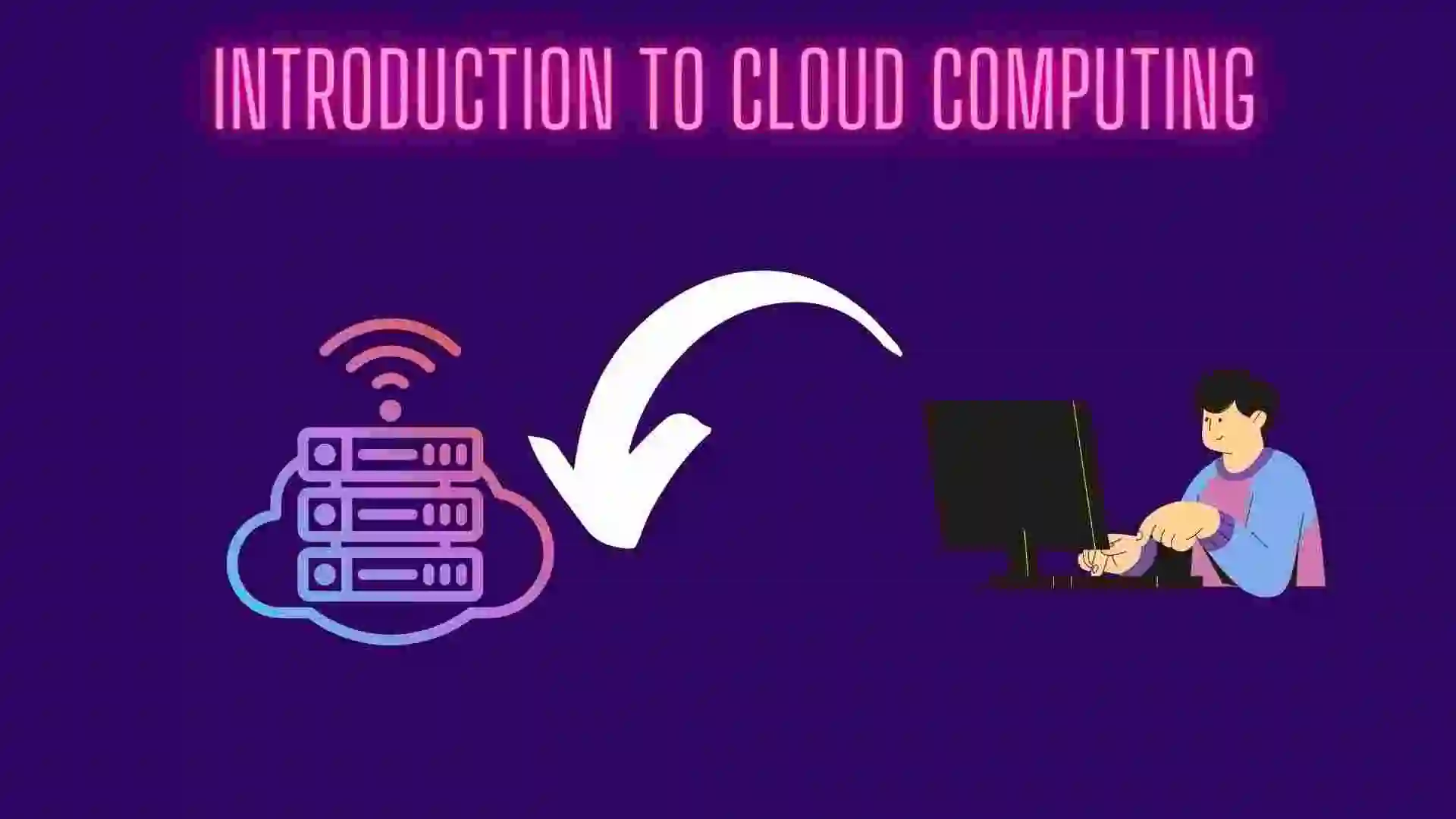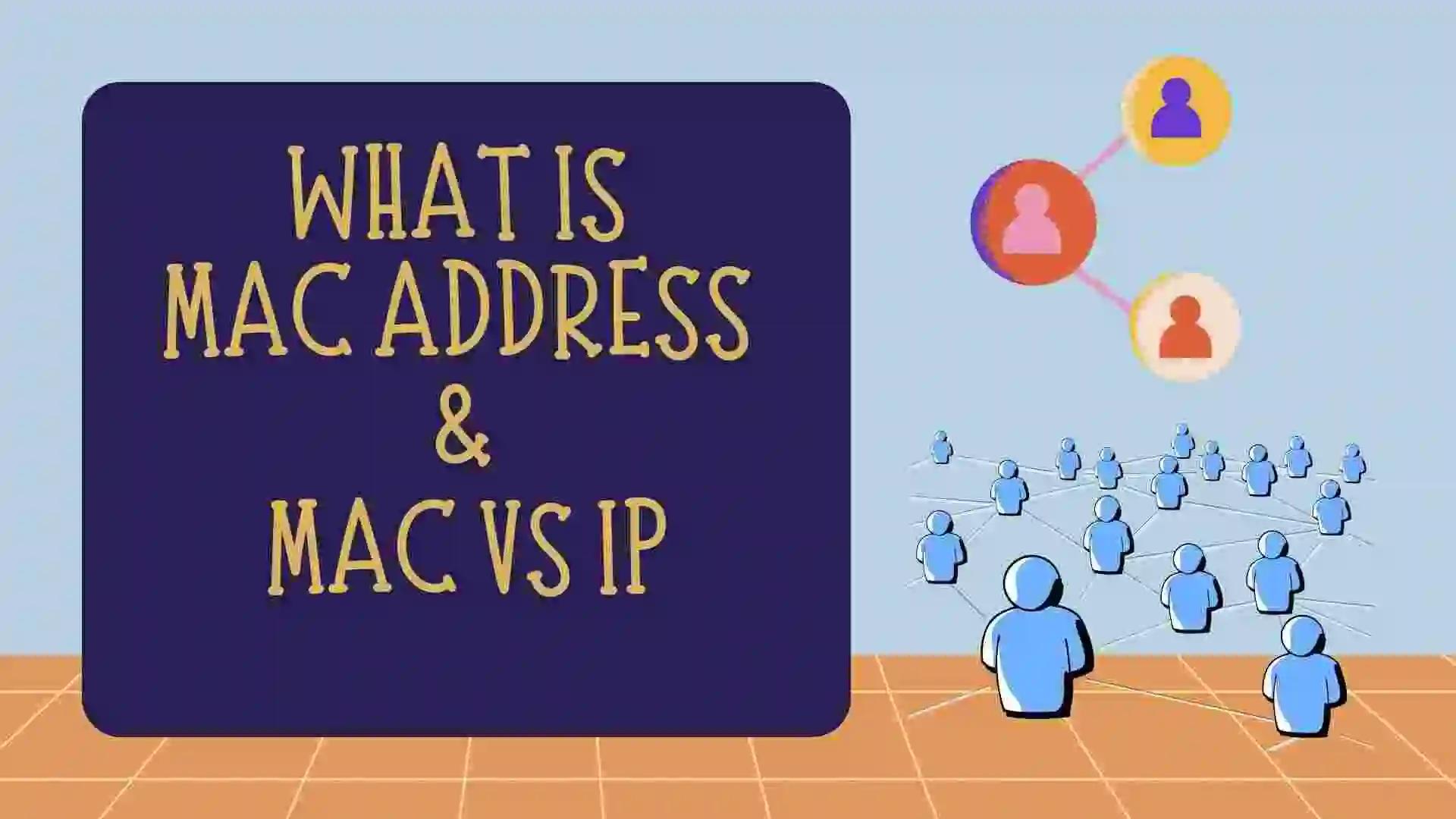In this blog, we will see the second layer of the OSI model, which is the Data Link Layer. We will see what services are provided by the Data Link Layer. So let’s get started with the blog.
Table of Contents
- Introduction to Data Link Layer
- Services provided by Data Link Layer
- Protocols of Data Link Layer
- Conclusion
- Recent Articles on Data Link Layer
- Recent Blogs on Cyber Security
Introduction to Data Link Layer
Data Link Layer is the second layer of the OSI (Open Systems Interconnection) model, which is a conceptual framework used to standardize and explain how different networking technologies interact and communicate with each other.
The primary function of the Data Link Layer is to provide reliable and error-free communication between directly connected nodes over a physical medium, such as cables or wireless links.
Services provided by Data Link Layer
The Data Link Layer, as part of the OSI (Open Systems Interconnection) model, provides several important services to ensure reliable and efficient communication between devices on the same network segment. Some of the key services provided by the Data Link Layer include:
A) Frame Delimiting and Framing:
The Data Link Layer takes packets from the Network Layer and encapsulates them into frames. It adds special markers at the beginning and end of each frame to indicate its boundaries. This process is known as frame delimiting or framing. Framing ensures that the receiver can identify where one frame ends and the next begins, even in the presence of noise or other transmission issues.
B) Physical Addressing (MAC Addressing):
The Data Link Layer uses Media Access Control (MAC) addresses to uniquely identify devices on a local network. MAC addresses are assigned to network interface cards (NICs) by manufacturers and are used in the source and destination fields of the frame header. This addressing allows frames to be directed specifically to a target device on the same network segment.
C) Error Detection and Correction:
The Data Link Layer is responsible for detecting errors that may occur during data transmission. It achieves this through techniques like checksums or cyclic redundancy checks (CRC). These methods allow the receiving device to identify if any data corruption has occurred during transmission. If an error is detected, the receiver can request that the sender retransmit the corrupted frame.
D) Flow Control:
Flow control mechanisms are used to manage the rate of data transmission between devices, preventing data overflow or congestion. Flow control becomes particularly important when a fast sender tries to transmit data to a slower receiver. The Data Link Layer helps regulate the flow of data to ensure that the receiver can handle the incoming data at its own pace.
E) Media Access Control (MAC) and Medium Sharing:
In shared medium networks like Ethernet, the Data Link Layer implements MAC protocols to manage access to the physical medium. These protocols define how devices compete for the right to transmit data. Carrier Sense Multiple Access with Collision Detection (CSMA/CD) is an example of a MAC protocol used in Ethernet networks. In wireless networks, protocols like Carrier Sense Multiple Access with Collision Avoidance (CSMA/CA) are used.
F) Link Layer Switching:
In modern network architectures, switches operate at the Data Link Layer. Switches use MAC addresses to forward frames only to the appropriate ports, effectively reducing unnecessary traffic and optimizing local network communication. This contrasts with hubs, which operate at the Physical Layer and indiscriminately broadcast data to all connected devices.
G) Address Resolution Protocol (ARP):
ARP is a protocol within the Data Link Layer that maps IP addresses to MAC addresses. When a device needs to communicate with another device on the same local network, ARP is used to determine the MAC address associated with a specific IP address.
These services collectively ensure that data transmission within a local network is accurate, reliable, and efficient. The Data Link Layer’s responsibilities bridge the gap between the Network Layer’s logical addressing and the Physical Layer’s physical transmission of data.
Protocols of Data Link Layer
Here are some of the notable protocols associated with the Data Link Layer:
A) Point-to-Point Protocol (PPP):
PPP is used to establish a direct connection between two devices, often over serial connections like telephone lines. It provides a method for authenticating and negotiating parameters for data transmission.
B) High-Level Data Link Control (HDLC):
HDLC is a synchronous data link protocol that offers both connection-oriented and connectionless services. It’s widely used in point-to-point and multipoint links, providing reliable data communication.
C) Frame Relay:
Frame Relay is a WAN (Wide Area Network) protocol that operates over leased lines. It’s designed for efficient data transmission between devices in a network by utilizing virtual circuits.
D) Asynchronous Transfer Mode (ATM):
ATM is a cell-based switching technology that is used in both LAN and WAN environments. It divides data into fixed-length cells for transmission, making it suitable for handling various types of traffic, including voice, video, and data.
E) CAN (Controller Area Network):
CAN is a protocol commonly used in automotive and industrial applications. It allows microcontrollers and devices to communicate with each other in a vehicle or industrial setting.
F) Switching Protocols (STP, RSTP, MSTP):
Spanning Tree Protocol (STP), Rapid Spanning Tree Protocol (RSTP), and Multiple Spanning Tree Protocol (MSTP) are used in Ethernet networks to prevent loops and ensure redundant paths are managed effectively.
G) Address Resolution Protocol (ARP):
ARP is used to map IP addresses to MAC addresses within the same local network segment. It operates at the Data Link Layer to facilitate communication between IP and MAC addresses.
H) Media Access Control (MAC) Protocols:
Various MAC protocols define how devices share access to the network medium. Examples include CSMA/CD (Ethernet), CSMA/CA (Wi-Fi), and token passing (Token Ring).
Conclusion
Protocols within the Data Link Layer, such as Ethernet, Wi-Fi, PPP, and many others, cater to various networking technologies and communication needs. These protocols collectively contribute to the layer’s goal of ensuring error-free, efficient, and organized data transmission within a local network.
In a world of interconnected devices, the Data Link Layer serves as a bridge between higher-layer protocols’ logical communication and the Physical Layer’s actual transmission. Its functions are essential for maintaining the integrity, security, and smooth operation of networks across diverse environments, ranging from LANs to WANs and wireless networks.
Overall, the Data Link Layer’s significance lies in its ability to enable seamless communication and connectivity, forming the foundation for robust network architectures.
Recent Articles on Data Link Layer
- Introduction to Computer Networking | What is Computer Network
- What are Topology & Types of Topology in Computer Network
- What is FootPrinting in Cyber Security and its Types, Purpose
- Introduction to Cloud Computing | What is Cloud Computing
- Distributed Shared Memory and its advantages and Disadvantages
- What is VPN? How doe VPN Work? What VPN should I use?
- What is an Internet and How the Internet Works
- What is a Website and How Does a Website or web work?
- Introduction to Virus and different types of Viruses in Computer
- What is TCP and its Types and What is TCP three-way Handshake
- What is UDP Protocol? How does it work and what are its advantages?
- What is an IP and its Functions, What is IPv4 and IPv6 Address
- What is MAC Address and its Types and Difference MAC vs IP
- What is ARP and its Types? How Does it Work and ARP Format
- Sessions and Cookies and the Difference Between Them
- What is ICMP Protocol and its Message Format?
- What is Big Data? Characteristics and Types of Big Data
- Disciplines of CyberSecurity | What are the goals of CyberSecurity?
- What is Firewall, Features, Types and How does the Firewall Work?
- Network Scanning, Types, and Stealth Scan in Computer Network
- Cryptography and its Types in Ethical Hacking
- Tor Browser and How does it Work | Onion Router Tutorial
- Proxy Server, Advantages, Difference between Proxy Server & VPN
- DHCP Protocol and What Are the Pros and Cons of DHCP
- Intrusion Detection System(IDS) and What are the types of IDS
- Domain Name Server, How Does It Work, and its advantages
- Telnet: Introduction, How Does it Work, and Its Pros and Cons
- SOC: Introduction, Functions performed by SOC, and its Pros
- What is SIEM? | What is the Difference between SIEM and SOC?
- Application Layer in OSI Model | OSI Model Application Layer
- What is SSL Protocol or SSL/TLS and SSL Handshake, and Architecture of SSL
Recent Blogs on Cyber Security
- What is Ethical Hacking || Introduction to Ethical Hacking
- System Security and Protection in Cybersecurity
- HIPAA (Health Insurance Portability and Accountability Act) in Cyber Security Law
- PCI DSS (Physical Card Industry and Data Security Standard) in Cyber Security Law
- What is GLBA (Gramm-Leach-Bliley Act) in Cyber Security Law?
- What is NIST (National Institute of Standards and Technology)?
- What is GDPR (General Data Protection Regulation)?
- What are ISO 27001 and CIA in Cyber Security Law?
- What is HITRUST Framework in Cyber Security Law




